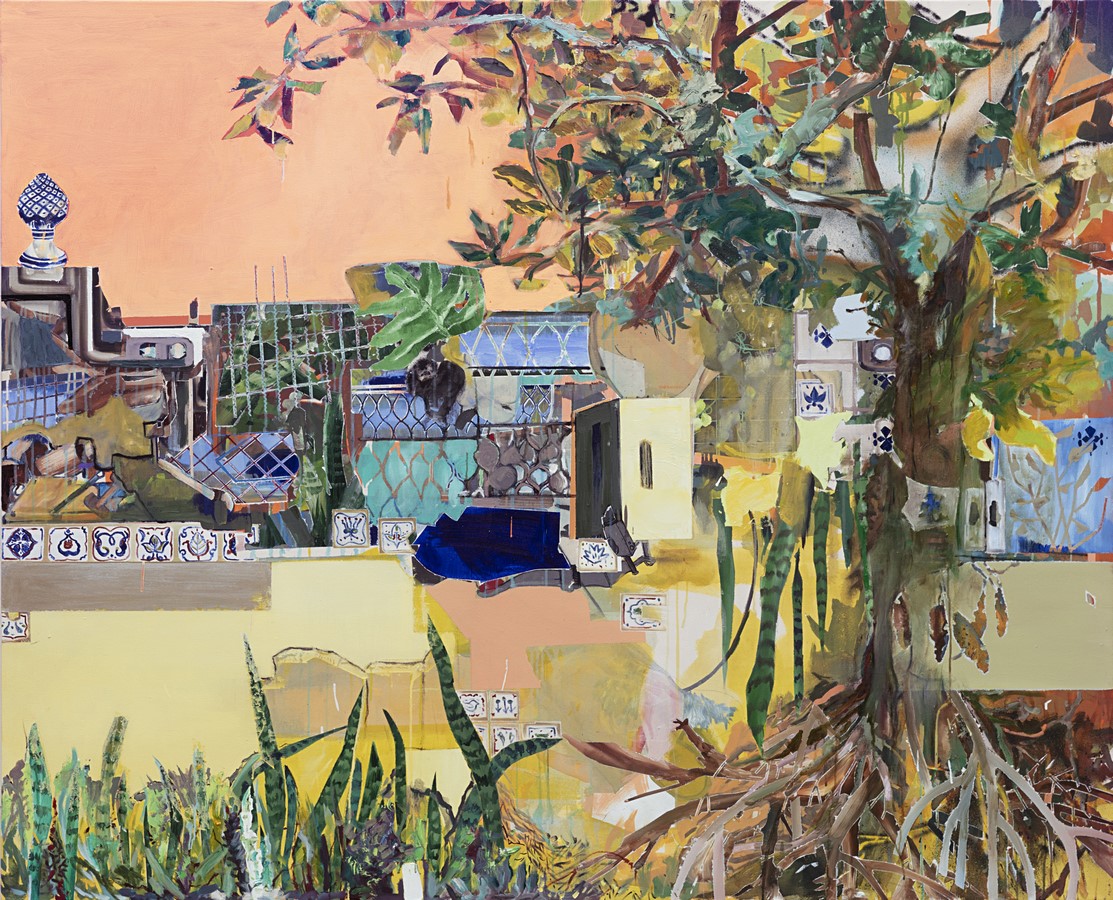The Culture Program of Brainlab, a leading provider of digital medical technology, presents the exhibition ROOTED Female Brazilian Artists at the company’s headquarters in Munich-Riem. Curator Tereza de Arruda conceived the exhibition by connecting works by Brazilian artists from the Vilsmeier – Linhares Collection with other artists, some of whom have specific works for the occasion. ROOTED tells the story of the relationship between humans and nature, which connects all the works on display, organized around different aspects of this connection; this exhibition builds on the company’s previous exhibition, Unrooted, held in the first half of this year, which addressed the traumas of displacement and migration. This sequence also implicitly suggests that we can overcome the uncertainty of identity and origin by returning to our “roots” in nature. Through the eyes of these Brazilian artists, we are invited to examine our relationship with nature and draw new strength from it.
Project Name: Rooted Female Brazilian Artists
Studio Name: Brainlab

Divided into five sections, ROOTED presents the role that the relationship between humans and nature continues to play in artistic production. Linked by this affinity, the 15 contemporary artists deliver a “Tropical Expressionism” that Tarsila do Amaral, a pioneer of Brazilian Modernism, also represented in this exhibition, coined half a century ago.
– ORIGIN
Roots refer to a person’s family origins, ancestry, and the traditions passed down from generation to generation. These roots form the basis of a person’s identity. Today, Brazil is working to come to terms with its history. Brazil’s postcolonial roots are a complex web of historical, cultural, and social influences that have shaped and continue to shape the country. They are essential to understanding Brazilian identity and the nation’s challenges. Brazilian artists Carmezia Emiliano, Sonia Gomes, Iêda Jardim, and Rosana Paulino explore their country’s postcolonial roots and complex identity, reflecting on the multiple influences and conflicts resulting from the colonial era and its consequences.
– IDENTITY
Brazilian culture is characterized by its diversity. Its cultural roots are based on the influences and traditions of different continents, which come together to shape its thinking, behavior, and values. In nature, roots connect plants to the soil and provide them with food. Likewise, cultural influences anchor people in their community and history, giving them a sense of belonging and identity. The representation of the environment and everyday rituals are expressions of customs that integrate people into their private, social, and historical contexts. Tarsila do Amaral, Beatice Arraes, Lúcia Laguna, Paula Siebra, and Larissa de Souza portray these elements in their work.
– CONNECTION
Emotional connections and trust are roots that stabilize a relationship and help people overcome challenges together. Being deeply rooted in a relationship means having a strong emotional bond, a deep understanding of each other, and mutual support to grow together. The pieces by Ahzuli, Rosilene Ludovico, and Alexandra Ribeiro highlight these relationships.
– NATURE
Nature plays a central role in art and has inspired artists for centuries. This engagement goes far beyond mere contemplation and imitation. Today, artists often interpret landscapes more
abstractly or conceptually, using various media to explore the relationship between humans and nature. In many cultures and artistic traditions, nature symbolizes concepts such as life, death, rebirth, and harmony – alluding to the transience of our existence. For Solange Pessoa, Laura Lima, and Luzia Simons, nature plays a crucial role in their artistic work, whether in a stylized form or the representation of nature’s power.
– SUSTAINABILITY
In the context of nature, it is not only roots that have a central and diverse meaning but also earth, water, and air — elements crucial to life. Artists work with natural elements in their pieces, promoting a deeper understanding and awareness of the environment. They use natural materials and motifs to portray nature’s beauty, importance, and fragility and draw attention to sustainability issues. It’s the case of Marlene Almeida, who has been researching and using natural pigments for fifty years and designed a monumental installation for this exhibition.